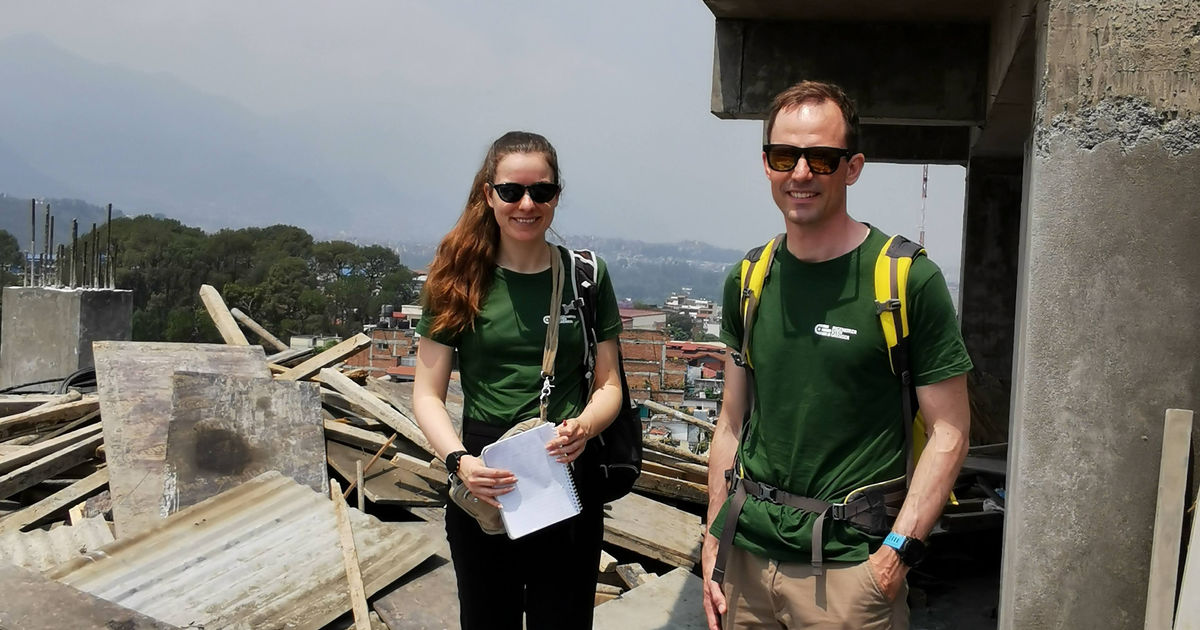I samarbeid med Samaj prosjektet og Ingeniører uten Grenser er det sett på om det er mulig å gjøre dagens byggepraksis mer bærekraftig ved å redusere bruken av sement. Forhåpentligvis er det mulig å finne alternative løsninger til betong som har et lavere CO2 utslipp, lave kostander og positiv effekt for lokalbefolkningen. Det ble bestemt at to alternativer skulle vurderes. I dette prosjektet er det sett på muligheten for å erstatte deler av sementen med leire og benytte jordbaserte materialer istedenfor betong.
Tre forskjellige metoder er benyttet i prosjektet. Et litteraturstudium er gjennomført for å få en oversikt over relevant informasjon for å svare på forskningsspørsmålene. Deretter ble utvalgte tester gjennomført på NTNU sin betonglab for å vurdere hvordan ubehandlet leire påvirket egenskapene, spesielt trykkfastheten til betongen. Til slutt ble et feltarbeid gjennomført i Katmandudalen for å få innsikt i dagens situasjon, hvordan bygge bransjen fungerer, de lokales preferanser og utfordringer knyttet til mangel på bygg og boenheter.
Ønsker du å lese hele masteroppgaven kan den lastes ned i menyen til høyre.
NTNU student Eline Osmundsen has in the spring of 2022 delivered a Meaning Mater’s in collaboration with EWB and the Samaj project (a collaborative project between NTNU and Tribhuvan University in Kathmandu, Nepal). Eline is studying structural engineering and in April 2022 she was on fieldwork together with her EWB mentor Magne Gravås, to Kathmandu in Nepal.
In collaboration with the Samaj project and Engineers Without Borders, it has been explored whether it is possible to make current construction practices more sustainable by reducing the use of cement. Hopefully, it will be possible to find alternative solutions to concrete that have lower CO2 emissions, low costs and a positive effect for the local population. It was decided that two alternatives should be considered. This assignment looked at the possibility of replacing parts of the cement with clay and using terrestrial materials instead of concrete.
Three different methods have been used; A literature review has been conducted to obtain an overview of relevant information in order to answer the research questions. Then selected tests were carried out at NTNU's concrete lab to assess how untreated clay affected the characteristics, especially the compressive strength of the concrete. Finally, fieldwork was carried out in Kathmandu Valley to gain insight into the current situation, how the construction industry works, the locals' preferences and challenges related to the lack of buildings and housing units.
If you want to read the entire master's thesis, it can be downloaded in the menu on the right


